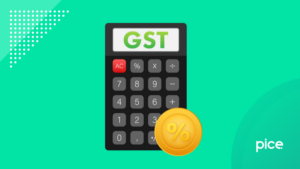How To Check GST Refund Status: Eligibility, & Filing Process
- 7 Apr 25
- 10 mins
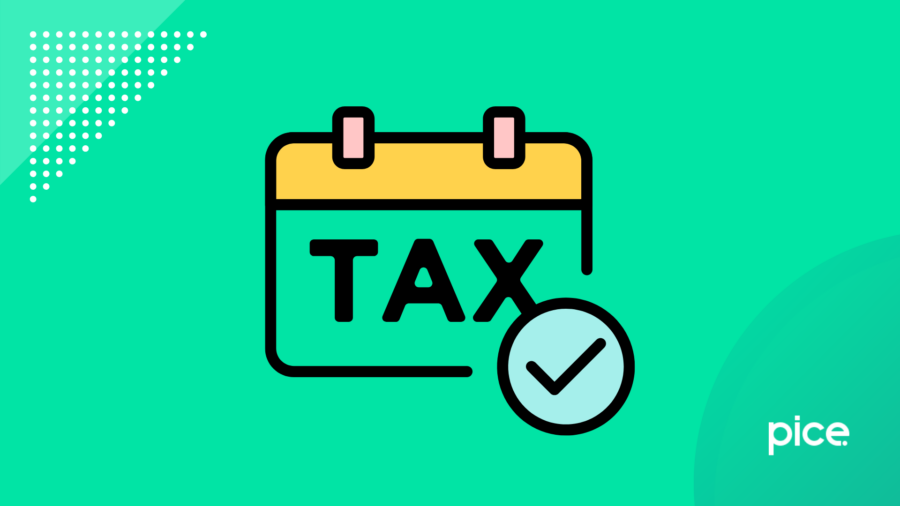
How To Check GST Refund Status: Eligibility, & Filing Process
- How to Check Your GST Refund Status?
- Who is Eligible for a GST Refund?
- How To File GST Refund Form?
- What are the 3 Stages of GST Refund Status?
- What is the Time Limit for Sanction of Refund in GST?
- Reasons for Delay of GST Refunds
- How to Know if GST Refund is Approved?
- What if the GST Refund is Rejected?
- Conclusion
Key Takeaways
- GST refunds boost business liquidity, especially crucial for exporters.
- Track GST refunds easily online using your ARN—no login required.
- GST refund claims must be filed within two years from the relevant date.
- The GST refund process is mostly automated, ensuring transparency.
- Refunds delayed beyond 60 days entitle taxpayers to interest compensation.
The Goods and Services Tax or GST refund process plays a key role in ensuring liquidity for businesses. GST refunds greatly impact the promotion of goods and services exports. Exporters contribute largely to the economy in turn, by fetching significant foreign exchange, back into India's reserves.
Efficiency in the processing time of GST refunds is vital in the context of the release of blocked funds, therefore, not affecting the liquidity of businesses. It shall also ensure the smooth flow of working capital, providing fuel to the exporting community.
GST Refunds allow taxpayers to claim back certain amounts from the revenue department as part of the tax/input tax credit paid. This may be available as cashback to them, keeping in mind the extant provisions of the GST law. By complying with the practical procedure enumerated under the GST Rules, the process can be completed seamlessly.
Thus, this blog shall discuss how to check GST refund status, eligibility for GST refund, how to file the GST refund form and other associated details.
How to Check Your GST Refund Status?
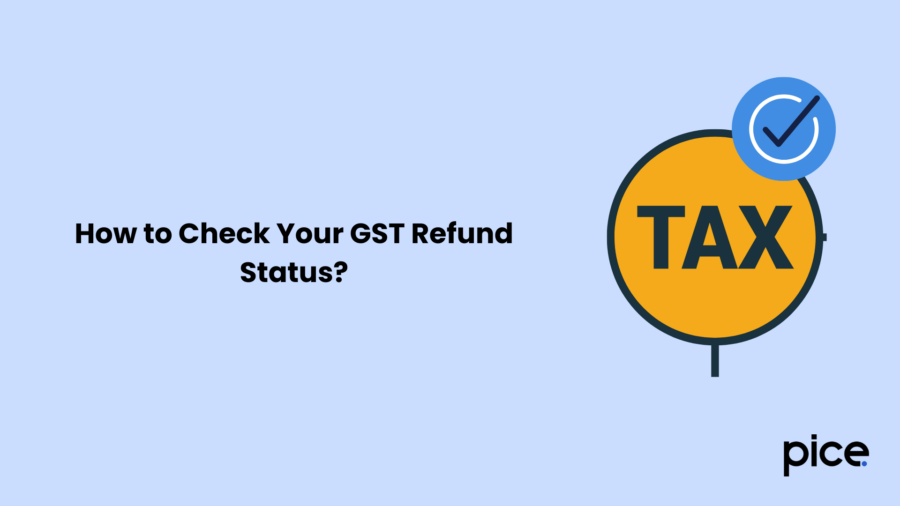
Before getting into how you can check your GST refund status, we shall provide some context on how the refunds work in the first place. GST refunds are processed in the online mode and there is only minimal interference from the authorities/officers assigned.
The department in charge is determined to make the GST refund process fully transparent by making it electronic and faceless. Increased efforts are being put to achieve the proper result. However, it may inevitably take some time for the procedure to become fully electronic and thus, eliminate the issues typically faced by taxpayers looking to get their refunds processed in time.
The GST Refund filing process is an automated system, from the stage of filling the application up to the final sanctioning of the refund claim. Beyond the filing of the application stage, all the other steps involved in the mechanism including the issue of deficiency memo/show cause notice, issue of acknowledgement, issuance of order sanctioning/rejecting refund, replying to clarifications seeking notices/show cause notices - are completed in the online mode.
The refund application is to be filed online on the GST Portal, as prescribed in the form RFD 01. Upon successful filing of the application, an Application Reference Number (ARN) is generated. This number shall be used to track the status of the refund application.
ARN should be preserved by the taxpayer as it is the only critical identifier of the unique refund application process. It is going to be used throughout the tenure of the application, up until the final refund amount is credited.
One can check the refund status by navigating to:
● Services
● Refunds
● Track Application Status
Note that the status of the refunds can be tracked without even logging into the GST account, for which, the ARN will be required. Taxpayers can access a detailed refund status by viewing their dashboard in the online portal and navigating through the following:
● User Services
● My Applications
● Refunds
● Enter the From and To Date
● Search
One would be directed to the refund applications filed in the chosen period with a rather exhaustive version of the status. It shall indicate the issuance of acknowledgement, reply to such notice, any deficiency notice, etc. Plus, downloadable supporting documents will be available for access.
Who is Eligible for a GST Refund?
The following categories of taxpayers shall be eligible for GST refunds:
| Categories | Conditions/Instructions |
| Exporters (including suppliers to SEZ) of goods or services in relation to 2 scenarios | 1. Accumulated input tax credit (ITC) attributable to their zero-rated turnover;2. IGST (tax) paid on export of goods or services |
| Export of goods with payment of IGST, | The refunds are discharged directly by processing through Customs (ICEGATE) after the verification of the data that reflects on the Shipping Bill, vis-à-vis the details mentioned in the GST Returns. |
| Export of services with payment of IGST | A refund application is to be filed by the taxpayer on the GST Portal. |
| Unutilised ITC on account of zero-rated supplies made under the cover of the Letter of Undertaking | The refund formula to come to an amount of eligible refund (unutilised ITC refunds are not allowed in regard to capital goods) is enumerated in the GST rules and regulations. Aside from the zero-rated supplies, ITC refunds are available in instances of inverted duty structure. It is where the rate of GST on inputs is higher than the chargeable rate on output supplies. Further, it may be applied for by the taxpayers engaged in making such supplies. |
Other categories include unutilised balances present in the Electronic Cash Ledger, excess payment of GST, supplier of deemed exports and accounts of appeal/other orders.
It is important to understand that the refund application is supposed to be filed while abiding by the statutory timelines established under the Act. Also, take note of the due date of filing the application, which is ascertained as 2 years starting from the 'relevant date'. This 'relevant date' however, shall vary depending upon the category of a refund one opts for.
How To File GST Refund Form?
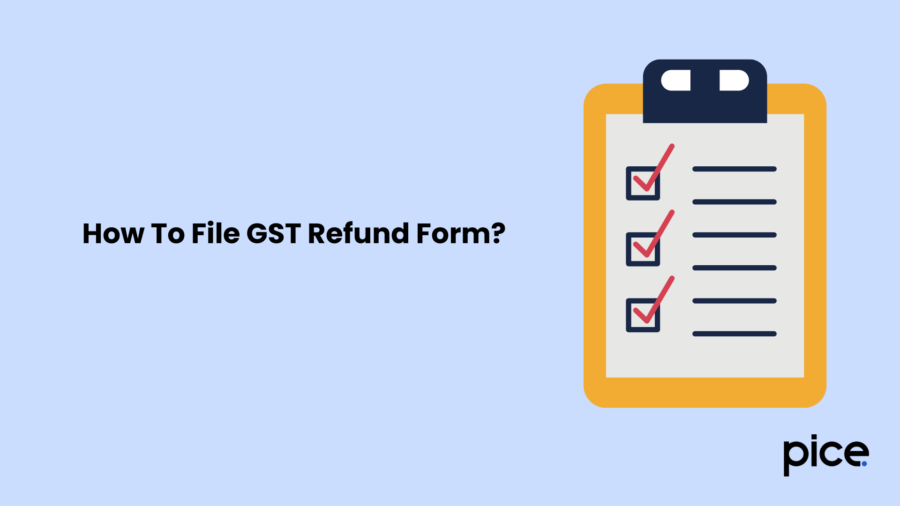
Here is a step-by-step guide to filing a GST refund form:
Step 1: Login and Navigate to the GST portal. Go to Services > Refunds > Application for Refund.
Step 2: Select Refund Type and Period.
Step 3: Fill out the refund application form with the relevant details and upload relevant supporting documents.
Step 4: File the application using DSC or a 'One Time Password'.
Step 5: Follow through with the post-filing process.
The application shall be forwarded to the jurisdictional officer. Once successfully completed, an acknowledgement (GST RFD 02) will be issued within 15 days. In case any discrepancies are detected, a deficiency memo (GST RFD 03) will be issued, which will require re-filing on the taxpayer’s end. Now with clarity on how to track status as well, you know exactly the next steps to take, to be constantly updated with the 'current status' of your application.
Note: All required documents are to be provided to avoid the dismissal of your refund application.
What are the 3 Stages of GST Refund Status?
The 3 stages of GST refund status include:
Stage 1: Provisional refund where the refund is sanctioned only on a provisional basis. Final verification and further scrutiny shall still be pending.
Stage 2: Refund Sanctioned when the amount is sanctioned post verification and after thorough scrutiny. The amount is credited to the concerned taxpayer's account.
Stage 3: The Refund Rejected stage results when the amount requested is rejected due to discrepancies/incomplete documentation. In this case, the taxpayer will be informed of the supposed reasons for rejection so further corrective action can be taken.
What is the Time Limit for Sanction of Refund in GST?
The time limit for the sanction of your refund request is set to 60 days, starting from the date of receipt of the application. If the refund is not sanctioned within the claimed period of 60 days, interest not exceeding 6%, at the rate notified will have to be paid in adherence to section 56 of the CGST/TSGST Act.
Reasons for Delay of GST Refunds
The following reasons for refund delays are commonly experienced:
1. General Delays: The processing of GST refund is carried out online, but there are inevitable delays in acknowledgement, communication, and show-cause notices. Such general delays may pile up if not proactively handled.
2. Physical Inspections: Delays may be caused when officers are required to inspect business premises in order to verify transactions or get additional clarification/documentation.
3. Provisional Refunds: 90% of the refund amount can be granted provisionally within 7 days. However, certain officers may be reluctant to issue the same.
4. Time-Consuming Process: Sanctioning the refunds takes time, with all the follow-ups and additional adherence requirements lined up.
5. Taxpayer Responsibilities: There are certain taxpayer responsibilities like maintaining supporting documentation, responding to queries on time, and claiming the 18% interest for delayed refunds. All of it may cause delay in the GST refund process.
How to Know if GST Refund is Approved?
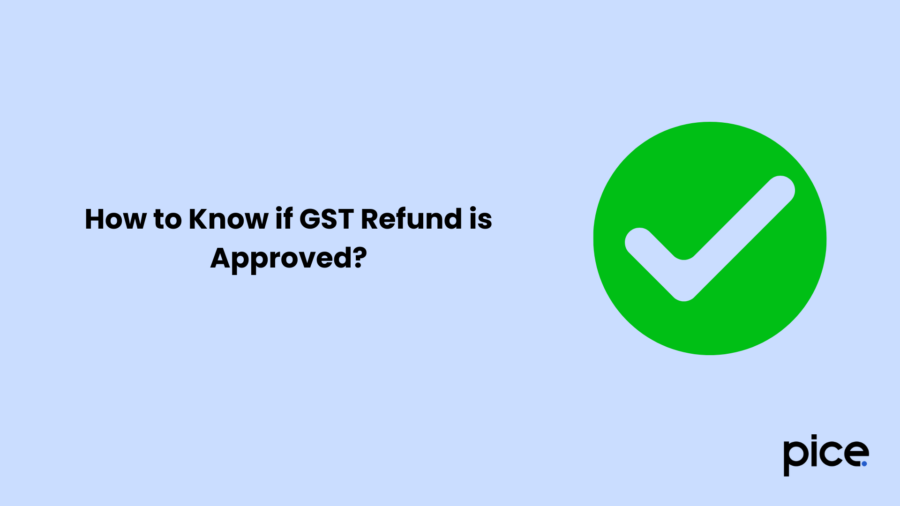
To find out whether or not your GST refund is approved, you have to track your application status online. You may choose to track your GST refund status by providing the ARN, without logging into the GST Portal. Simply navigate to Services > Track Application Status > Select the Refund option > Enter ARN > Click SEARCH. This will allow you to track your refund application without having to log into the GST Portal.
What if the GST Refund is Rejected?
When you fill out the GST claim of refund application, the refund amount claimed is going to be debited from the electronic cash/credit ledger. However, if this claim is rejected later on, the Input Tax Credit (ITC) will be offered back to the taxpayer in their electronic cash or credit ledger.
Conclusion
We expect you now understand properly how to trace GST refund status for regular checks. It is a simple job that can be done online. Continue with the steps discussed in the above paragraphs to successfully obtain the status of your refund request.
Therefore, stay up to date with any potential issues/delays. It's important to keep a check on the status of your GST refund application to ensure the timely receipt of refunds and to take proactive action if circumstances call for it.
Thus, taxpayers can navigate the GST refund process effectively and efficiently, maximizing cash flow and minimizing delays in the process.
💡If you want to streamline your payment and make GST payments via credit or debit card or UPI, consider using the PICE App. Explore the PICE App today and take your business to new heights.
 By
By 













